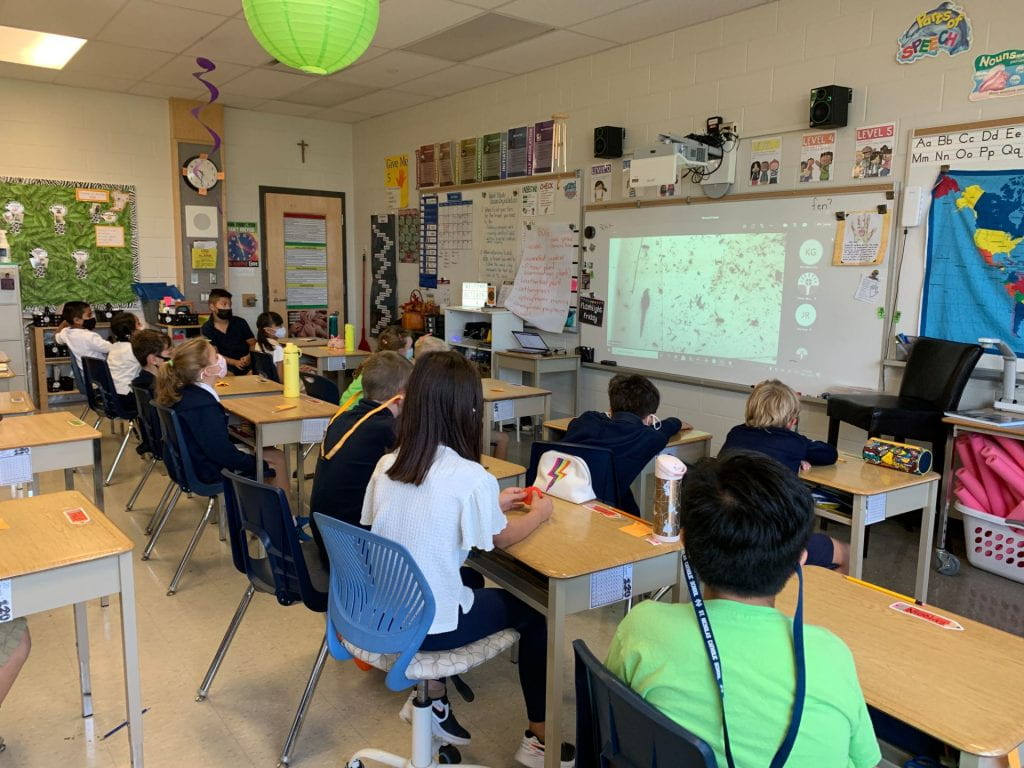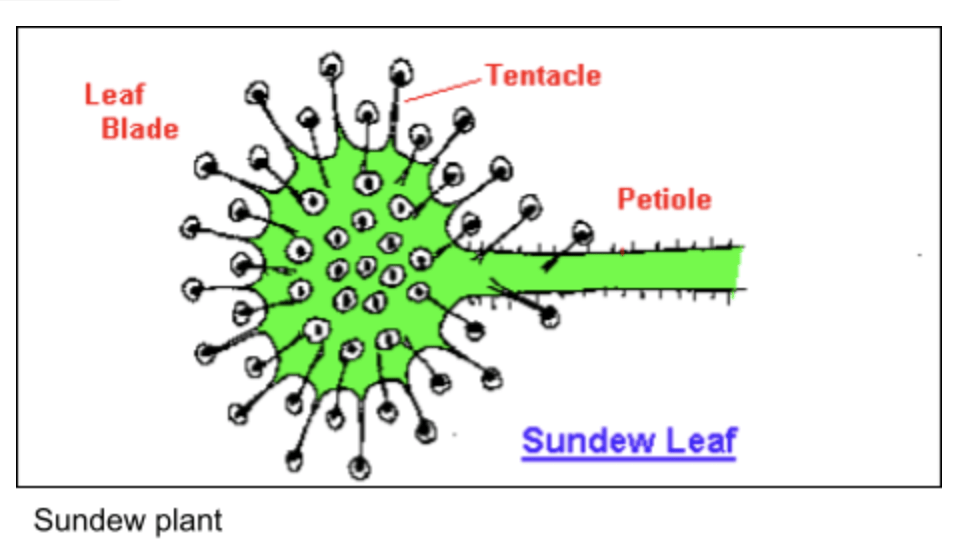The Wonders of a Bog
Last week, we were privileged to invite some of the lovely members of the Upper Thames River Conservation Authority (UTRCA) into our classroom for a virtual field trip to the local bog.
As we are learning about habitats in our first Science unit, this was a perfect way to connect with a local environmentally significant area.

We are looking at some of the captured creatures you can find in bog water samples. Can you spot the tadpole?
What’s a bog?
A bog is a wetland that accumulates peat, a deposit of dead plant material—often mosses, and in a majority of cases, sphagnum moss. It is one of the four main types of wetlands.
Fun Facts About a Bog:
- It is nutrient-poor
- It is highly acidic
- the soil is spongy
- Bogs are formed from parts of glaciers melting over time
We prepared ourselves by watching a few learning videos introducing us to the bog and then we connected LIVE for a 30 minute session. If you’d like to watch the videos, here they are:
We learned so many different things! Here’s some of the topics or ideas covered in the 30 minutes we spent live with them:
- biodiversity in the bog
- carnivorous plants and animals that exist there
- How does a bog help us?
- How did the indigenous peoples use peat and sphagnum moss?
- What is the life cycle of a bog? How did it begin?
Here’s some of the plants we learned about:
- leatherleaf
- bog cranberry
- round-leafed sundew (this is a carnivorous plant!)
- black spruce tree
- Tamarack tree
- sphagnum moss
- Northern pitcher plant (this is a carnivorous plant!)
Our local bog called the Sifton Bog is not far. Perhaps you can visit it with your family! It’s such a beautiful place so close to home.
Have you ever visited a bog? What do you still wonder about?
